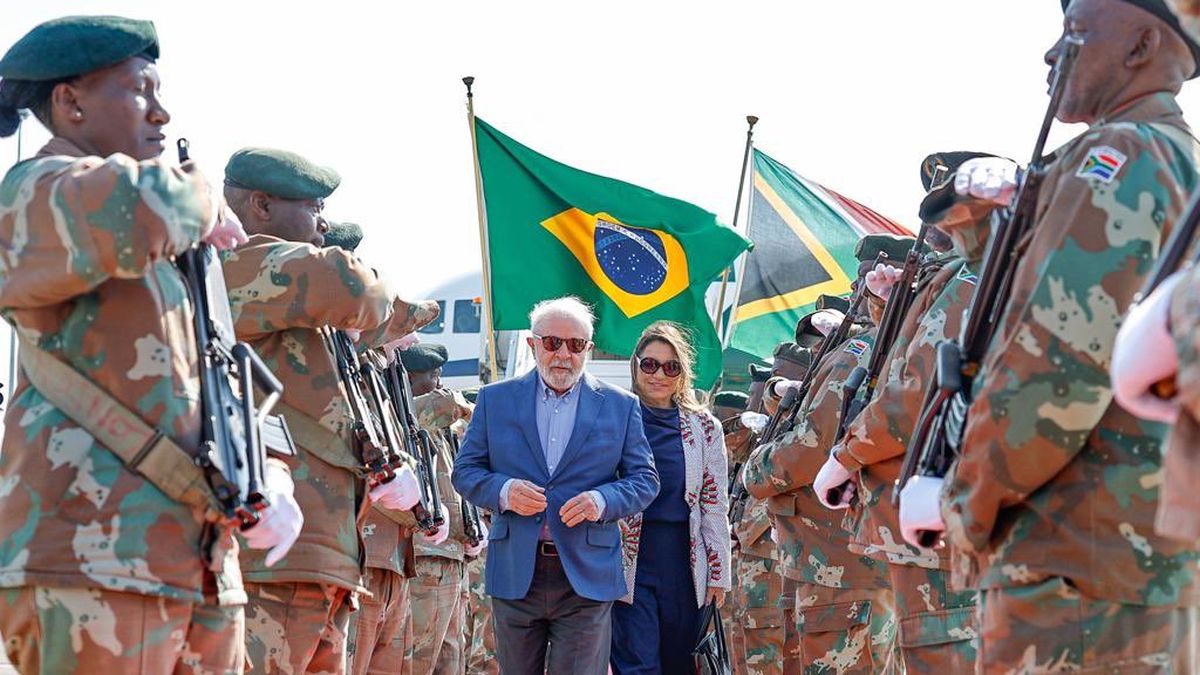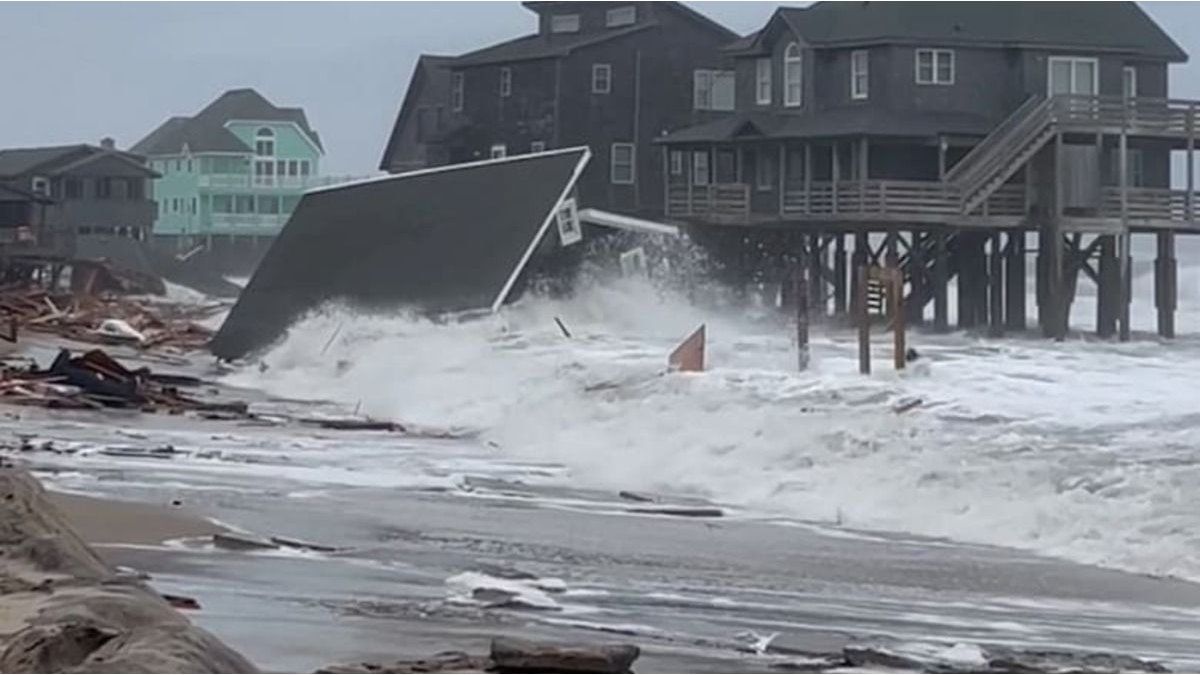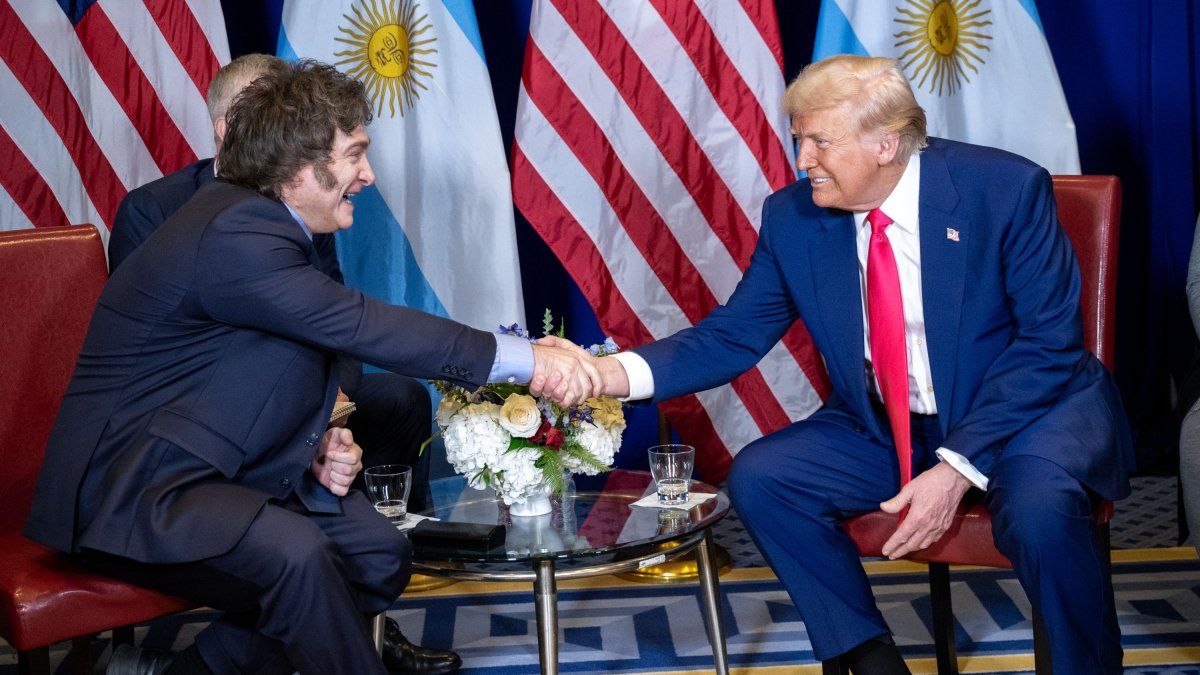Leaders of the bloc’s member nations BRICS they began to arrive at South Africathe country where the summit will take place, which will last until Thursday.
In this event, not only internal affairs of the alliance will be addressed, but also issues of global relevance, such as scouting new members and the search for ways to carry out the de-dollarization of the world economy.
One of the first to arrive was the Brazilian president, Luiz Inacio Lula da Silvawho landed in Johannesburg, the South African capital, to join the forum that brings together Brazil, Russia, India, China and South Africa.
The official statement highlighted his arrival at the OR Tambo international airport, accompanied by his wife, Mrs. Rosangela da Silva.to participate in the fifteenth BRICS summit.
BRICS: what happened to the rest
For his part, Chinese PresidentXi Jinpingalso left for South Africa this Monday. The host country currently leads this group, which represents more than 20% of the Domestic Gross Product (GDP) and 42% of the world population.
As for the Prime Minister of India, Narendra Modiis scheduled to depart for South Africa in the course of Tuesday morning, as reported by the Indian Ministry of Foreign Affairs to local media.
The great unknown of this symposium is the president of Rusia, which on this occasion will not be physically present due to the risk of activating an arrest warrant for the International Criminal Court related to the situation in Ukraine.
instead of Vladimir Putinwill attend the summit the Minister of Foreign Affairs, Sergey Lavrovwho will lead the Russian delegation in johannesburgor, marking the group’s first face-to-face summit after three years of remote meetings due to the Covid-19 pandemic.
The leaders’ agenda will address both official and informal issues, including topics such as the expansion of the bloc and requirements for new members. Since South Africa joined in 2010, the group has contemplated the inclusion of nations such as Argentina, Saudi Arabia, United Arab Emirates, Indonesia, Bolivia, Venezuela, Egypt and Belarusamong others, in what has been called “Brics Plus“.
BRICS: the latent threat to the G7
A graphic analysis presented by Richard Diasan adviser to Acorn Macro Consulting, a British firm specializing in macroeconomic research, exhibits the steady evolution of the BRICS in contrast to the G7 and projects that in the coming years this disparity will continue to widen.
According to the data collected, the set BRICS currently contributes 31.5% to the Gross Domestic Product (GDP) global, while the G7 covers 30.7 percent.
Analysts say that the economic influence exerted by the BRICS it could experience a notable increase in the near future, given the increasing number of nations that express their desire to be part of this group.
At this juncture, Anil Sooklalin his role as ambassador of South Africa to the BRICSdeclared in February that this year would acquire crucial importance for the expansion of this bloc, and that the criteria for the incorporation of new members were already being prepared.
Source: Ambito




